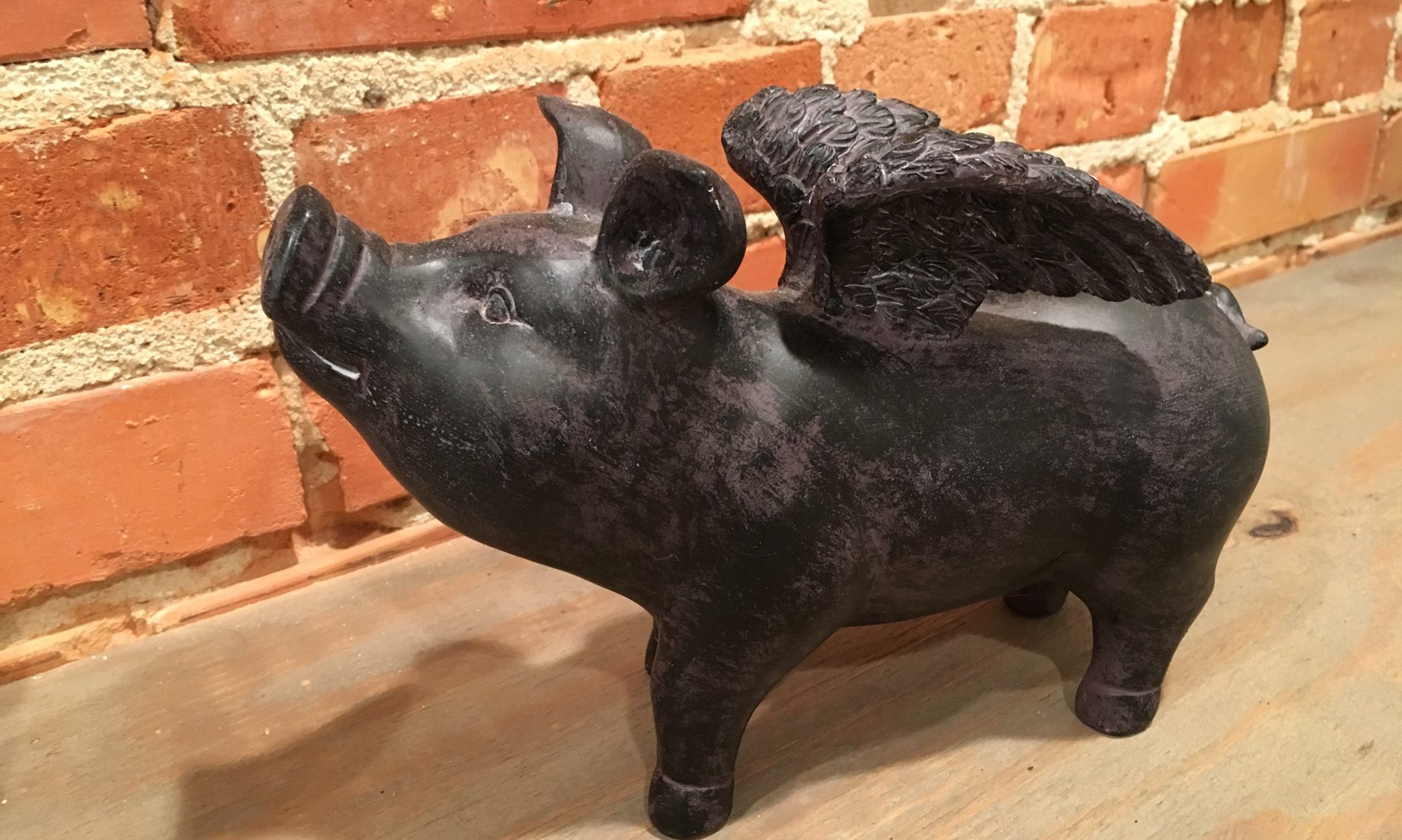If you are smart, the first step of building any long project, say, an airplane, is to organize your workspace so that you know where everything is. Fortunately, my dad and I are not smart people. Therefore, our workspace mostly consists of amazingly useful tools haphazardly shoved into safe places that won’t be opened until 2021. On top of that, numerous doors are being painted next door. However, we always seem to have an abundance of music, rivets and cursing.
After my dad and I set up, we had to wait for school to end. Scool is pontlees! Then, at long last, we were finally able to work on the the plane again. Now, you might be asking your self, “what is it like to build a plane? Should I build one?” The first week of building a plane without Mr. Rob consisted of walking across our yard and into (through the door of) the workshop, working for fifteen minutes, not knowing how to do something, looking at the manual, entering deep thought, looking at the airplane we are building, quiet muttering, looking at pictures of other airplanes, talking to one’s self, looking at the airplane, talking to the ceiling, looking at Google searches, babbling, asking Siri if she knows anything about airplanes, incoherent ravings, asking the ceiling if it knows anything about airplanes, hallucination, finally calling Mr. Rob and asking if he knows any thing about airplanes, inwardly smacking yourself for not asking Mr. Rob sooner, thanking Mr. Rob for the help, thinking about how knowledgable Mr. Rob is, working fifteen more minutes on the part, feeling proud about how much you accomplished and lastly going home. In other words, building an airplane is a fun activity that I would highly suggest.
In all seriousness, Mr. Rob has been a huge help even after we left his place. he has let my dad and I crawl all over his airplane so we could gather photographs of various airplane parts and encouraged phone calls if my dad and I have any questions.
Recently, a major airplane question was solved. As many of you know, the airplane is going to be called the Transmograflyer. However, the family was having trouble coming up with a paint scheme that stayed true to Calvin and Hobbes. The current plan is to paint roughly the bottom of the airplane off white and the top of the airplane the same color as the lighter orange that this airplane below is sporting.

This, of course, symbolizes Hobbes’ personal style without making a slow airplane look like a tiger. To add to the name of the airplane, we are going to include a little red arrow that is pointing towards the words STOL. Next to the words STOL, are going to be other cool airplanes (i.e. UFO).

As seen above, the transmogrifier has an arrow that can be turned to transmogrify something into different things. The arrow on the airplane symbolizes the arrow on the box. Therefor, the airplane will have the ability to transmogrify into different things but is currently a SuperSTOL. If all goes according to plan, the Transmogriflyer should look fantastic.


